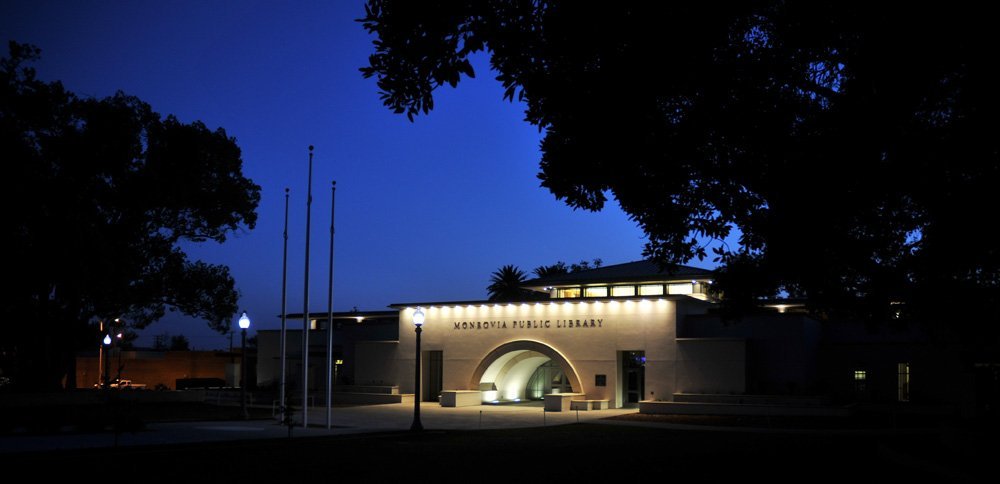
By John Orona
Pasadena residents will pay more on their water bills starting this summer after the City Council voted Monday to adopt a staff recommendation to adjust water rates in an attempt to save the Pasadena Water and Power (PWP) Department from facing a structural deficit next year.
According to a city report, PWP will fall short of its revenue required to operate by more than $3 million this year, and will be in a $6.6 million deficit by 2021. The city had already been planning to raise its water rates since 2017, but the need became more urgent to city officials since last year.
“2018 was probably the time we first realized there was structural deficit taking shape,” PWP Assistant General Manager Shari Thomas told the city council.
In order to make up for the projected deficits, the average PWP customers will see an $8-$15 increase on their monthly water bill once all rate adjustments go into effect July 2020. The proposed adjustments would, however, save more than 3,000 PWP customers who live outside the city limits an average of 6% on their water bill every month.
The first part of the ordinance, once adopted, would eliminate rate differentials between Pasadena resident and non-Pasadena resident PWP customers by July 1. In the past, PWP added a 25% surcharge on non-Pasadena resident customers, until an October 2018 class action settlement agreement in which the city agreed to change its policy.
The ordinance would also eliminate winter and summer seasonal rate differentials, meaning the 3% summer billing increase customers typically see from April through September will remain in effect all year.
In August, the ordinance proposes increasing the Distribution and Customer Charge for all customers to generate $3.4 million in annual revenue, costing the average resident about $3.50 per month. It would then increase again in July 2020 to generate an additional $3.7 million, costing most residents about $5.50 per month.
“Even though I’m not happy about it, this is something we have to do,” Councilmember Margaret McAustin said Monday. “All of us just have to understand there’s a higher and higher cost to delivering the water each year, even if we use less water the costs just keep going up,” McAustin said.
According to the city, rising personnel costs, treatment costs and increased water purchases from Metropolitan Water District have driven up expenses in recent years. Even as water usage is reduced up to 30% due to conservation, the city’s report still finds making up for fixed costs at current rate revenues untenable.







